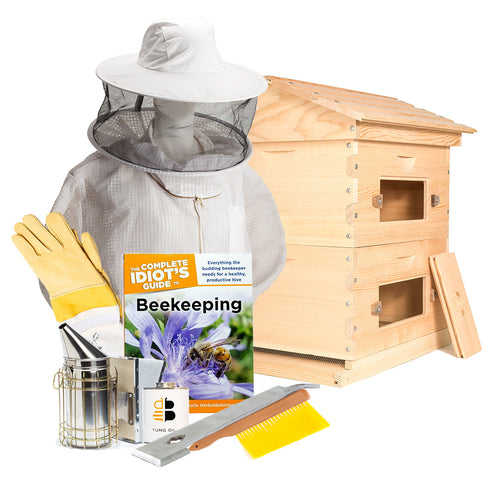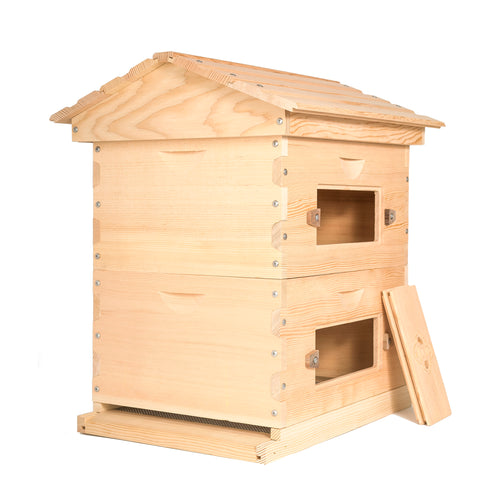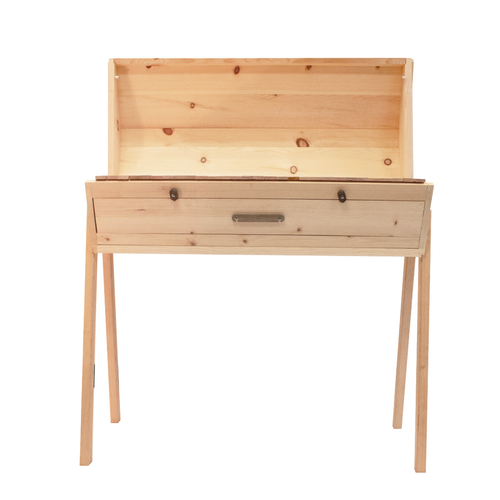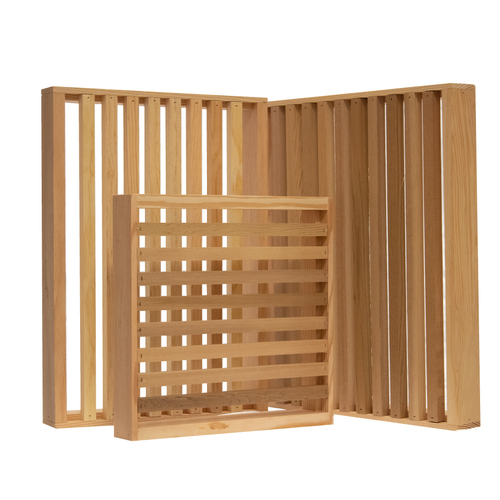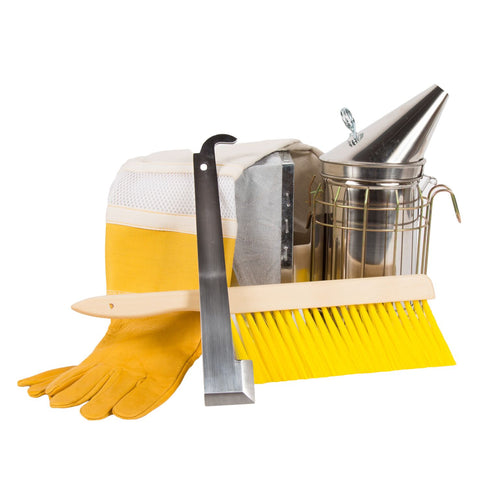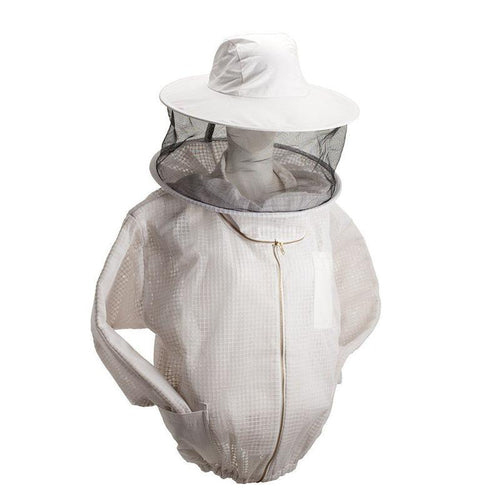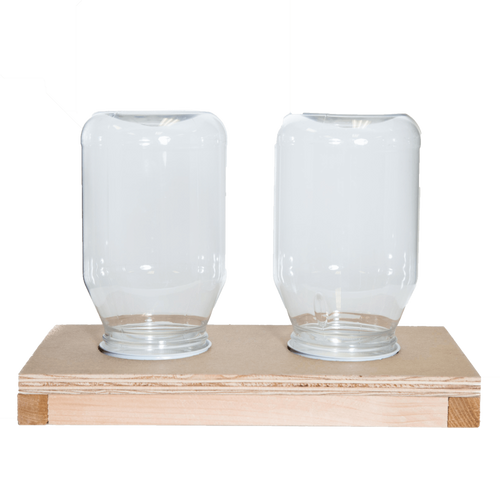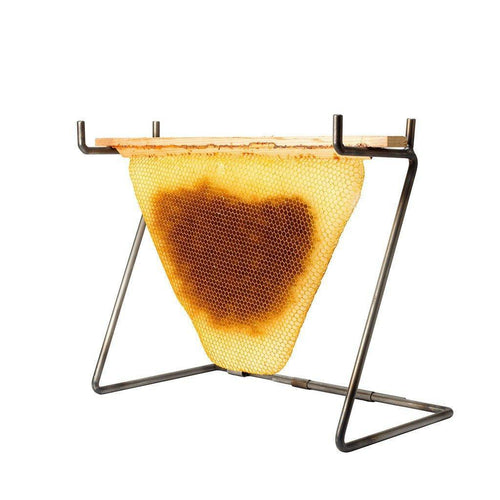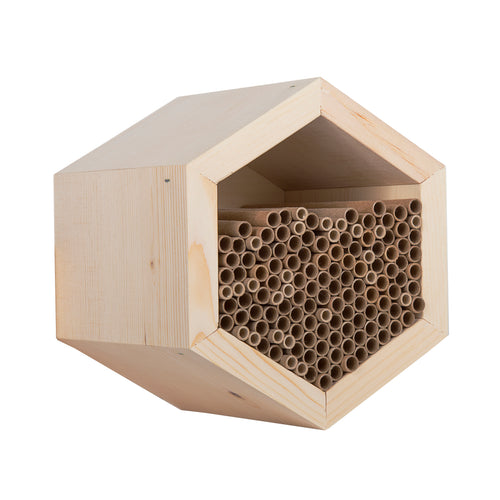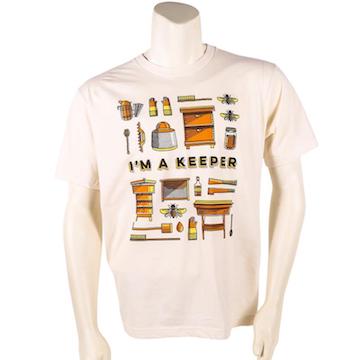The Warré Hive uses bars similar to that of a top bar hive, but is vertically stacking. It incorporates natural comb, the retention of nest scent and heat, and mimics the honeybee’s ideal natural environment.
Abbé Émile Warré (France, 1867-1951) developed the "People’s Hive", today commonly named the Warré hive. His work is the result of research on 350 hives from different systems, combined with observation of the bees' natural behavior.
In Warré's book, titled Beekeeping for All, he wrote:
''For more than thirty years I have studied in my apiaries the main hive systems shown in the illustrations reproduced here. I have in my apiaries 350 hives of different systems. I have been able to make comparisons...I will simply give you the reasons for their superiority, reasons based on incontestable apicultural and scientific principles.'' (Beekeeping for All, 12 ed., trans. David and Pat Heaf, pg. 25)
Warré hives are ideally suited for the beekeeper looking for a low-cost, low-maintenance hive design. With a Warré hive, beekeepers needn’t frequently inspect the colony, purchase an expensive honey extractor or use chemical-laden foundation. The practice of “nadiring” in Warré hives (adding extra boxes to the bottom of the stack) helps to cycle old comb out of use, preventing build-up of environmental and agricultural toxins.
At Bee Built, we've used these hives for over a decade and find them to be the most hands-off, natural design.
Other benefits of a Warré hive include:
- Simple management by the box rather than by the comb
- Lighter boxes
- Optional windows
- Foundationless
Our favorite Warré hive is made by Rebel Bees, and comes with a window option.


